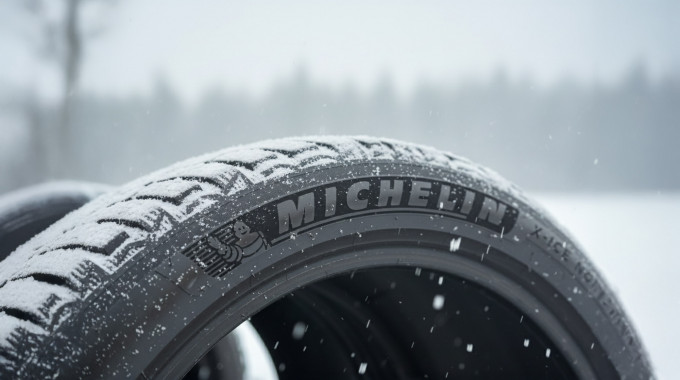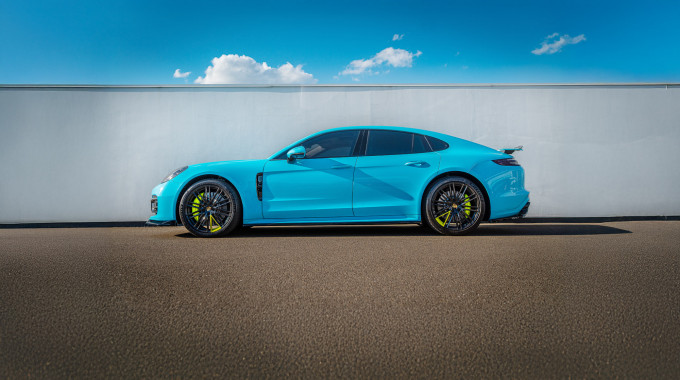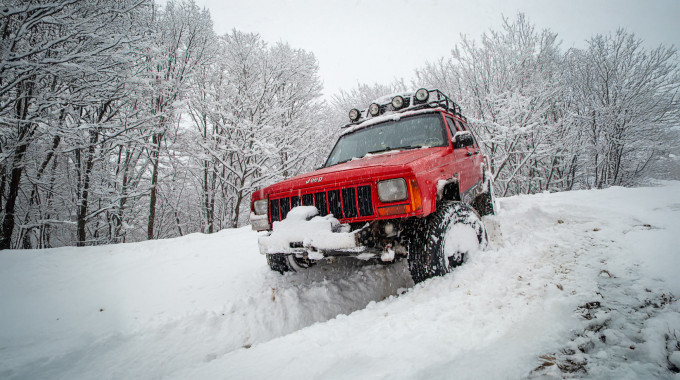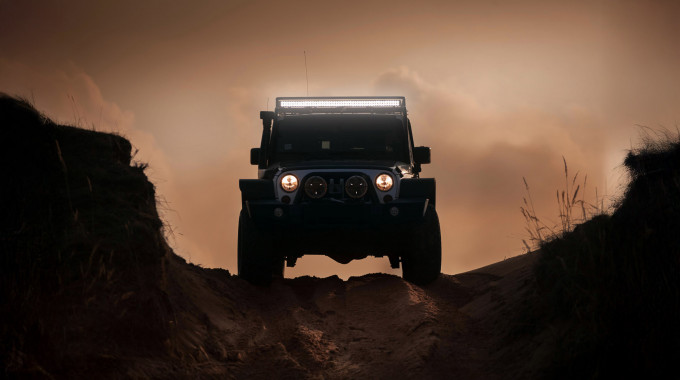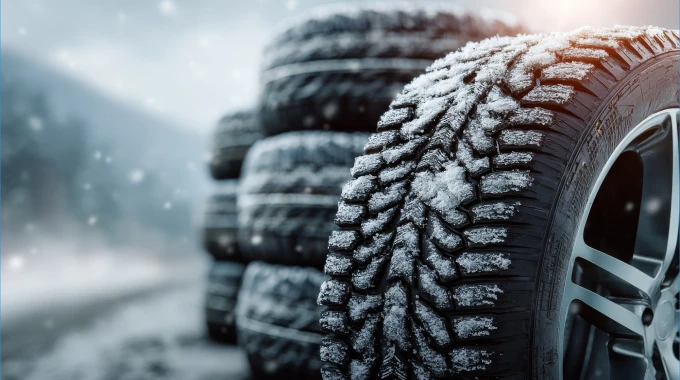
Review: Michelin X-ICE Xi3 Winter Tire
When it comes to winter tires, there’s no such thing as the ‘best’. Instead, there are tires which do a better (or worse) job of tackling the winter driving surfaces and situations a motorist will encounter the most regularly during their wintertime travels. A multitude of constantly-changing factors affect the performance of the winter tire you choose, including the vehicle they’re installed to.
Below, we’ll dig into some key impressions and testing observations from a line of popular winter tires from the Michelin X-ICE family. Several X-ICE tire variations are available, including X-ICE Snow, I-ICE North 4, and X-ICE Xi3.

Michelin X-ICE Xi3 | Photo: Amee Reehal
Utilizing a variety of proprietary features including Micro-Pumps which help reduce the amount of water between the tire and the icy road surface beneath, as well as Michelin’s Total Performance promise of reduced fuel consumption and long-lasting tread-life, X-ICE tires have earned high ratings from users across the country, with online reviews showing strong marks for snow grip, ice grip, and comfort. Well over 90 percent of users report that they’d buy a Michelin X-ICE tire again.
If you're shopping for new snow-rated tires, also take a look at our Ultimate Guide to Winter Tires in Canada.
Putting Michelin’s popular X-ICE car & crossover winter tire to the test
During thousands of kilometres of testing various X-ICE tires in real-world winter conditions characteristic of central and Northern Ontario, we found the tires to inspire confidence with their consistent and reliable performance across a wide range of settings and situations, and exceptional performance in one key traction measure of utmost importance to the majority of winter drivers.
Though they’re not perfect, we find the Michelin X-ICE line of tires to be an easy recommendation after extensive testing.
Real-world situation
The first set of winter tires to grab our attention was a set of X-ICE Xi3 tires fitted to a Mazda CX-5 crossover SUV. In near whiteout highway conditions on a surface composed of hard-packed snow topped with about an inch of fresh powder, a motorist waiting to enter the highway from a stop sign got impatient and decided to pull out in front of our test vehicle.

Michelin X-ICE Xi3 | Photo: Justin Pritchard
The vehicle blocks our path on the road, but fails to get up to speed. Now faced with an impending collision, full ABS braking was engaged. With the Xi3’s and our CX-5’s brakes doing their job, the SUV pulled down from speed admirably—more quickly than expected of a typical winter tire, with a more positive initial braking bite from the pedal, less ABS intervention than expected, and a reassuring ‘shove’ of occupants from their seats to reinforce that the Xi3’s were indeed biting and braking, reducing our speed as quickly as possible.
Braking performance
Though handling, steering, stability and precision are attributes in high demand from all winter tires, emergency braking performance is a go-to for testing in the snow, since it’s the reaction most drivers will have to an impending hazard, and strong braking performance on snow and ice make it easier to reduce vehicle speed quickly, to make subsequent emergency or evasive maneuvers easier to manage.

Michelin X-ICE Xi3 | Photo: Justin Pritchard
Of all the studless winter tires we’ve tested, the Xi3’s is easily amongst the most impressive when it comes to transmitting the vehicle’s stopping power to slippery and polished surfaces. On snow and ice, traction-enhancing electronics can help to a degree, but mostly, the tires take the credit. We discuss studded tires vs. winter tires more in this article.
On a lower-performing or average winter tire, we’d expect to evade the collision, but not without considerably more driver workload and stress from behind the wheel.
The good: reliable, consistent stopping power on snow and ice
The braking performance of the Xi3 is a strong reminder of why a quality set of winter tires from a brand you trust are worth the spend: this is the exact sort of situation where winter tires pay for themselves many times over, and reliable, consistent stopping power on snow and ice make it easy for drivers to build trust and confidence in the Xi3’s.
In our extensive testing, that stopping power was the attribute we found the most impressive, over and over again.
The Xi3’s deliver a solid all-around performance in other situations, too.
Control on hard-packed snow
Evasive steering maneuvers on hard-packed snow show impressive control of lateral forces, with minimized tendency for the vehicle’s rear to build up a swinging, pendulum-like momentum which can cause a spin or skid.

Michelin X-ICE Xi3 | Photo: Justin Pritchard
From behind the wheel, drivers can expect the Xi3 tires to handle confidently when quickly braking and dodging in and out of their lane to avoid a hazard, even if we’ve noted slightly stronger performance in this situation from tires like the Nokian Hakkapeliitta R3 and Toyo GSi6.
The bad: not the most quiet winter tire
Conversely, the Xi3 did leave us wishing for a quieter ride at times. In some applications and on certain specific surfaces, the Xi3 can be noisier than some competitors, specifically thanks to a high-speed ‘zing’ that escapes the treads as the tires interface with bare or wet pavement.
While elevated noise levels during our testing don’t constitute a dealbreaker, some drivers may expect a quieter ride from the Xi3’s given their premium pricing, which tends to come within a few bucks of key competitors like the Bridgestone Blizzak.
On treadwear, the Xi3’s are highly rated by many users, and our tester chooses these tires on his personal vehicle and can vouch for strong tread wear properties, following on-time rotations, inflation checks and seasonal removal ahead of warm weather, or course.

Michelin X-ICE Xi3 | Photo: Amee Reehal
Verdict: is an expensive winter tire like the Michelin X-ICE worth the price?
Ultimately, the Michelin X-ICE Xi3 is one of the most strongly-recommended tires we’ve ever tested, thanks in no small part to strong all-around performance, exceptional braking bite on slippery surfaces, and consistent, reliable control across a wide range of winter driving conditions.
That’s a recipe for reduced driver workload and stress during the colder months, reduced white-knuckle driving, and improved likelihood that users will arrive at their destination, even after driving through a snowstorm, calm and refreshed and not stressed out and exhausted.
Winter tires that inspire high levels of confidence like this allow the driver to maintain smoother control of their vehicle, a vital aspect to successful winter driving.
If you’re considering a set for your own car, minivan or crossover, we think you’ll find them to be money well spent.



